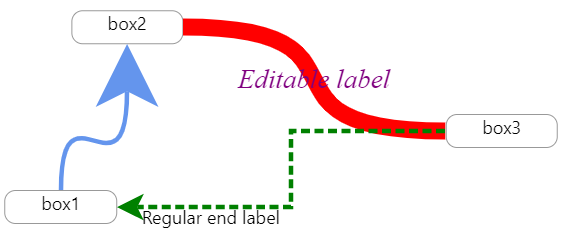

By default all users that authenticate have read only access. Npm publish works as it normally does via the npm CLI. Yarn does not require an explicit yarn login as in this scenario it uses your. The always-auth=true option ensures yarn will work with your codebox-npm registry. npmrc config setup a per the "Using it in your Repositories" guide above. Once done ensure you have a project based. The best way to setup yarn authentication is to do an initial npm login so it can support a 2FA login if you have it enabled. You are now able to use npm commands as normal. Once logged in it will store a long life token that will be used going forward. To login you can use the npm login cli command, if you have 2FA enabled you will need to (when prompted) enter the username in the format of your GitHub username.otp e.g. This ensures not just anyone can request private packages that are not to be shared with the outside world. Once you are using the private registry you are required to always be authenticated with npm. always-auth=true allows yarn to be supported in your project. If a user is doing any npm operation for the first time in the repository then they will need to npm login. This is especially great for repositories you wish developers to allow publishing and keep private. This contains default settings that npm will pick up on and will ensure the registry is set per repository. The easiest way to ensure developers are using the correct private registry url is to setup a. npm set registry - being the base url shown in the terminal after deployment completes, such as:.serverless deploy -stage prod (pick which ever stage you wish).Useful if using public GitHub for authentication, as by default all authenticated users would have access. "jon,kadi"), these users will be the only ones able to publishĮxport CODEBOX_REGISTRY="" # The NPM mirror you wish to proxy through toĮxport CODEBOX_BUCKET="my-npm-registry-storage" # The name of the bucket in which you wish to store your packagesĮxport CODEBOX_GITHUB_URL="" # The GitHub / GitHub Enterprise **api** urlĮxport CODEBOX_GITHUB_CLIENT_ID="client_id" # The client id for your GitHub applicationĮxport CODEBOX_GITHUB_SECRET="secret" # The secret for your GitHub applicationĮxport CODEBOX_RESTRICTED_ORGS="" # OPTIONAL: Comma seperated list of github organisations to only allow access to users in that org (e.g.
NPM CODEBOX INSTALL
serverless install -url -name my-npm-registry - pick whichever name you prefer for your registryĮxport CODEBOX_REGION="eu-west-1" # Set the AWS region you wish your registry to be deployed toĮxport CODEBOX_ADMINS="" # Comma seperated list of github usernames (e.g.Latest version of Serverless installed globally ( npm install serverless -g or yarn global add serverless).You have AWS environment credentials setup with enough access to deploy Serverless resources on your local machine, you can follow the standard guide from Amazon here.for GitHub), you will need the Client ID and Secret. A GitHub / GitHub Enterprise application is registered (e.g.The quickest way to deploy your own npm registry from your local machine is to follow the following guide. It is currently compatible with the latest version of the npm & yarn cli. Users are always required to be authenticated when using codebox as their npm registry. One other major difference is that it replaces npm login authentication to be via github / github enterprise. It allows sharing of npm modules within a company but additionally allows access to all of the modules on public npm. Codebox npm is a serverless npm registry to allow companies that wish to keep their intellectual property.


 0 kommentar(er)
0 kommentar(er)
